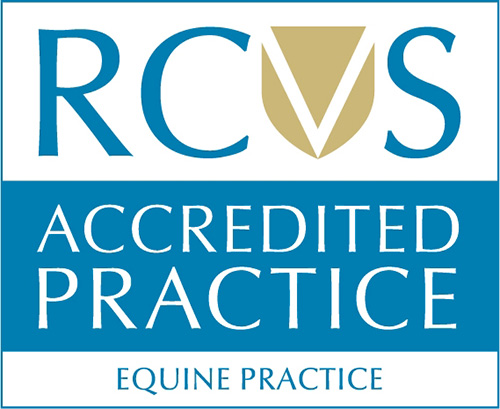Atypical Myopathy
Atypical Myopathy (also known as ‘Sycamore Poisoning’) is a severe and potentially fatal muscle disorder of horses caused by eating Sycamore ‘helicopter’ seeds and, to a lesser extent Sycamore leaves, that fall onto pasture in the autumn & winter or Sycamore seedlings which grow in the Spring. The seeds and seedlings contain a toxin known as hypoglycin A (HGA). The toxin slows or stops energy production in muscle cells and particularly affects the heart and the muscles which enable the horse to stand and breathe.
The Sycamore tree is a member of the Acer family and research indicates that it is mainly the Sycamore that contains HGA. There are over 25 species of Acer tree but not all of them have HGA in their seeds. However, it can be difficult to distinguish between the different species. The amount of the toxin in Sycamore seeds varies and it is not understood how many seeds must be eaten before a horse may show signs of Atypical Myopathy.
Atypical Myopathy, which has a rapid onset, can affect individual horses or several horses in the same group. It appears that some horses may be more susceptible to the toxin than others and this may be due to genetic differences or differing gazing habits. Cases often follow a sudden adverse change in weather conditions, such as a frost or heavy rain.
Horses and ponies of any age, breed, sex, and height can develop Atypical Myopathy, although there is some evidence which suggests that young horses might be more severely affected, possibly because they typically spend more time outside and grazing, and thus have an increased chance of eating the Sycamore seeds or seedlings.
The survival rate in affected horses is around 30-40% and is highly dependent on rapid diagnosis and treatment. Atypical Myopathy is not contagious.
What are the signs of Atypical Myopathy?
Muscle weakness, soreness or stiffness; horses may struggle to walk, stand or breathe o Horses appear dull with low hanging heads
- Lethargy/fatigue
- Muscle trembling
- Colic like symptoms (e.g. shivering and sweating) except the horse still has an appetite o Brown or dark red urine
- Some horses may develop heart & respiratory problems
- Loss of ability to stand
In some horses the rectal temperature, heart rate and respiratory rate may be normal.
How is Atypical Myopathy confirmed & treated?
Diagnosis is confirmed based on a clinical examination, grazing history and a variety of laboratory tests.
As a confirmation of diagnosis may take several days, if Atypical Myopathy is suspected then treatment is often started before confirmation has been received. Unfortunately, there is no anti- toxin, but some medications can be used to help stop absorption of the toxin from the intestinal tract. Severely affected horses often need to be admitted to a specialist equine hospital for round the clock intensive care including intravenous fluid therapy and anti-inflammatory medication.
If horses survive the first few days of treatment, they usually recover completely, although this may take several months.
When a case is suspected or diagnosed, field companions should be removed from the pasture and have blood samples taken for muscle enzyme analysis.
How can I reduce the risk of Atypical Myopathy on my pasture?
There are practical measures you can take to minimise the risk of Atypical Myopathy to your horses:
- Regularly check your pasture and neighbouring areas for Acer/Sycamore plants and seeds. Some ‘helicopter’ seeds can travel up to 200m.
- Avoid letting horses graze pastures with overhanging Sycamore trees in the autumn.
- If horses have to remain in the pasture where there are Sycamore trees, fence off areas where seeds and leaves fall.
- Clear fallen Sycamore leaves and seeds from grazing areas.
- In the Spring, it is recommended that seedlings are mowed and the cuttings collected & removed as the HGA remains in the plant material after it has been cut.
- Provide clean, easily accessible water.
- Provide access to adequate grass and feed supplementary forage during the Autumn. o Reduce stock density so that there is enough good grazing for every horse.
- You can test for the presence of HGA in your own pasture. This can be done by submitting a sample to the RVC Comparative Neuromuscular Diseases Laboratory (using a sample submission form available online. A fee is payable.).
- Even if your pasture contains Sycamore trees and has been grazed by horses for many years without a problem, this does not mean it is safe. For reasons unknown, some horses do not seem to be affected by the toxin even though they are potentially exposed to it. Unfortunately, there is no way of knowing which horses these are.
- If you have any concerns that your horse may show signs of Atypical Myopathy, please call your veterinary surgeon immediately.
This article also appears on our Horse Health Programme Website https://www.horsehealthprogramme.co.uk
To view/download a copy of this information in PDF format, please click here.
-
Previous
-
Next

